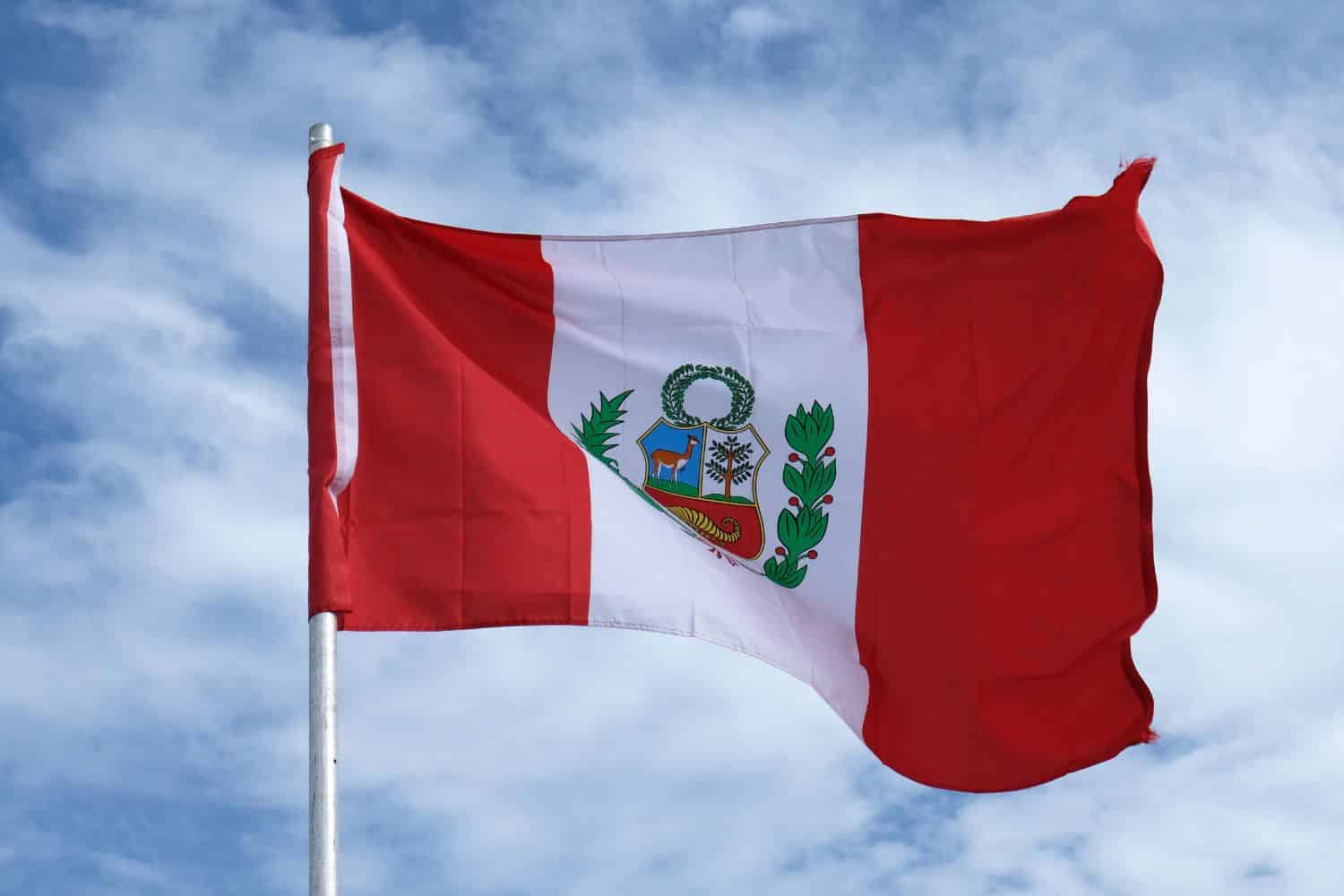As NFTs become a global creative movement, artists in countries like the Philippines are finding new audiences, revenue streams, and platforms to monetize their work. However, getting paid remains a challenge, especially when selling to international collectors.
For one Filipino digital artist, the answer came through TransFi, a crypto payments platform that enables seamless NFT payouts in stablecoins like USDC and USDT. This article explores how she navigated the Web3 space, overcame traditional financial limitations, and scaled her art career using crypto-native tools.
The Challenge: Selling NFTs, Getting Paid Across Borders
When the artist first started minting NFTs on platforms like OpenSea and Rarible, she quickly gained traction—her hand-drawn pieces inspired by Filipino culture resonated with a global Web3 community. But she ran into a familiar barrier for creators in the Philippines:
- Delays and fees when converting crypto to fiat
- Limited access to global payment platforms like PayPal
- Volatility in holding ETH or other tokens
- Difficulty withdrawing funds through local banks
While NFT marketplaces enabled sales, they didn’t solve the payout problem.
The Solution: Stablecoin Payouts via TransFi
Looking for a more reliable and local-friendly payment method, she found TransFi, a platform offering:
- Stablecoin payouts in USDC and USDT
- Local fiat off-ramp support in the Philippines
- Integration with popular NFT wallets
- Quick setup and minimal technical friction
By using TransFi, she was able to link her wallet, receive NFT sale proceeds in stablecoins, and cash out to local payment methods like GCash or bank accounts when needed.
Why Stablecoins Make Sense for Artists
While many artists receive payments in ETH or SOL, this artist preferred stablecoins like USDC for several key reasons:
- Price Stability: She no longer worried about crypto market volatility eating into her earnings.
- Wider Acceptance: Stablecoins are easier to off-ramp and use in real life.
- Lower Fees: Especially when using networks like Polygon or Tron for transfers.
- Savings in USD Value: She could store value in USDC and only convert when necessary, preserving her purchasing power.
TransFi supported all of these use cases, giving her the flexibility to focus on creating instead of managing complex finances.
Step-by-Step: How She Sells NFTs and Gets Paid
- Mint NFTs on a platform like OpenSea using her crypto wallet.
- Link her wallet to TransFi for incoming payments.
- Receive proceeds in USDC or USDT instead of native platform tokens.
- Choose a local payout option (e.g., GCash, bank transfer).
- Get paid in local currency within minutes.
TransFi handles the back-end complexity, letting her move between crypto and local currency effortlessly.
The Bigger Picture: Supporting Filipino Creators
This artist is part of a growing trend of Web3 creators in Southeast Asia using crypto tools to gain global visibility and income. With TransFi, Filipino artists can:
- Reach international collectors
- Avoid costly intermediaries
- Convert sales into usable income instantly
- Join the Web3 economy without high barriers to entry
NFT art from the Philippines is gaining global attention, and stablecoin infrastructure is helping ensure that creators actually keep and access their earnings.
Also read: Stablecoin Payments in Sudan: Digital Dollars as a Lifeline in a Collapsing Currency System
Final Thoughts
This case shows how a Filipino NFT artist transformed her career by leveraging stablecoin payments via TransFi. She not only expanded her earning potential but also gained control over how and when she accessed her funds—something many creators in the traditional financial system struggle with.
With localized payout options, fast stablecoin settlement, and integration with popular NFT wallets and platforms, TransFi is becoming a preferred tool for digital artists in emerging markets.
Whether you're a new NFT creator or a seasoned Web3 artist, platforms like TransFi can help you simplify your crypto income and make your art truly borderless.
Frequently Asked Questions
1. Can Filipino artists use TransFi without technical knowledge?
Yes. TransFi is built for creators, not developers. It’s user-friendly, and setup requires only basic Web3 wallet access.
2. Which stablecoins are supported?
USDC and USDT are the most popular options for NFT creators. TransFi supports both across multiple networks.
3. How do payouts work in the Philippines?
Artists can withdraw funds through supported local channels such as GCash, bank transfer, or remittance partners.
4. What NFT platforms work with TransFi?
Any platform where you control your wallet and receive funds directly (like OpenSea) works with TransFi's system.
5. Are there fees involved?
TransFi charges competitive, transparent fees, typically lower than traditional payment gateways or remittance services.
Table of Contents
Suggested Article
Explore our products

Make global payments at the speed of a click

Accept payments, remove borders.

Unlock Seamless Digital Currency Transactions Anywhere








.png)














